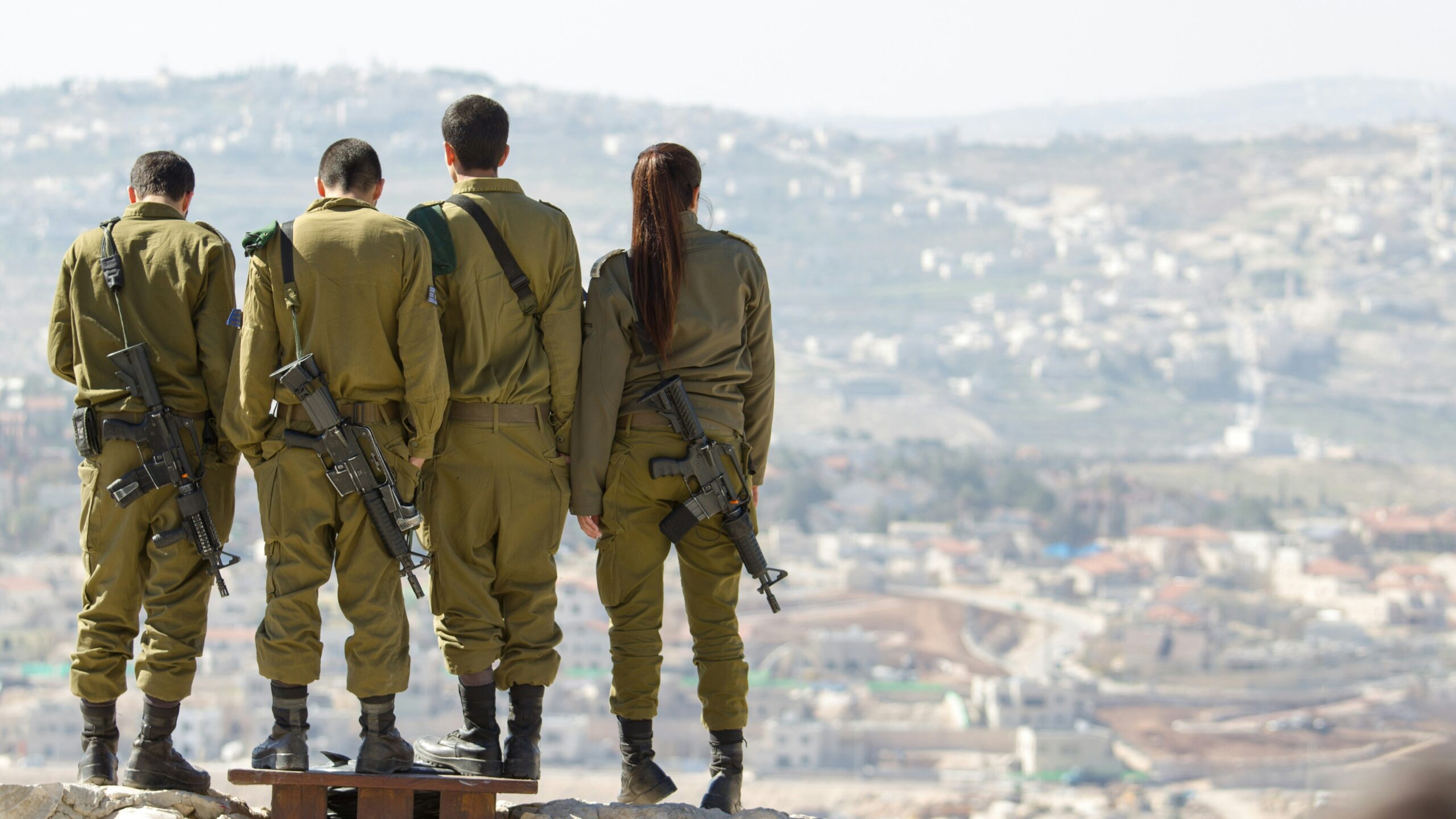Imagine this scenario: you find yourself in a building, going about your daily routine, when suddenly, you hear the alarming sound of gunshots. Your heart races, your instincts kick in, and now you’re faced with a critical question: What should you do if there is an armed intruder in the building? In this article, we will provide you with important steps to take in such a terrifying situation, ensuring your safety and the safety of those around you. Stay calm and read on to equip yourself with vital knowledge that might save lives.
Understanding the Situation
When faced with the terrifying prospect of an armed intruder in the building, it is crucial to understand the situation and evaluate the level of threat. Stay calm and assess the immediate danger. Is the intruder actively causing harm or is there an immediate threat to your safety? Gathering initial information about the intruder, such as their appearance or any distinguishing features, can assist in determining their location within the building.
Establishing Immediate Safety
Your first priority should be to establish immediate safety. Identify safe spaces within the building where you can seek refuge. These could be locked rooms, offices, or any area that provides a barrier between you and the intruder. Once you have identified a safe space, ensure your personal safety by barricading the door and remaining quiet. If possible, secure the immediate environment by closing blinds or curtains, turning off lights, and keeping out of sight.

Contacting Authorities
After securing your immediate safety, it is vital to contact the authorities as soon as possible. Dial emergency numbers such as 911, and provide accurate and effective information about the situation. Stay on the line with dispatchers, who will guide you through the next steps and provide necessary instructions. Remember to remain calm and speak clearly to ensure that the information you provide is understood.
Initiating Lockdown Procedures
In the event of an armed intruder, it is crucial to initiate lockdown procedures. Understanding the lockdown protocol for your building is essential. Lock or barricade all doors and windows to prevent the intruder from gaining access. If available, utilize any locking mechanisms or security systems in place. Conceal yourself from the intruder by finding a secure hiding spot within your safe space.

Communicating with Others
During an armed intruder incident, communication with others in the building is vital. However, it must be done safely. Alerting others about the situation can help ensure their safety, but be careful not to give away your location or endanger yourself. Maintain silent communication by using hand signals or discreet gestures to convey information. If possible, use technology such as texting or email to stay connected with others while minimizing noise and visibility.
Dealing with the Intruder
Avoiding direct confrontation with the armed intruder is paramount in ensuring your own safety. If the opportunity arises, use negotiation skills to de-escalate the situation. Stay calm and composed while speaking to the intruder, if necessary, and try to keep them engaged in conversation to buy time. Additionally, record any observations about the intruder’s appearance or behavior, as this information may be important for law enforcement.

Planning an Escape Route
While seeking safety, it is essential to plan a potential escape route if it becomes safe to do so. Familiarize yourself with the nearest exits and map out the quickest and safest way to reach them. As you move, do so quietly and swiftly, avoiding areas where the intruder may be present. However, it is important to consider the risks associated with escaping, such as encountering the intruder or exposing yourself to potential danger outside the building.
Defending Yourself
In some situations, it may be necessary to defend yourself if confronted by the armed intruder. Apply self-defense techniques if you have received training and feel confident in doing so. Utilize any objects or improvised weapons in your vicinity to create a barrier or distract the intruder. Remember to protect your vital body parts, such as your head, neck, and abdomen. Defending yourself should only be considered as a last resort when all other options have been exhausted.
Cooperating with Emergency Personnel
Once authorities arrive on the scene, it is crucial to cooperate fully with their instructions. Follow their guidance and provide helpful information about the situation, such as the intruder’s location or any potential hostages. Stay as calm and composed as possible, as this will aid in the effectiveness of the rescue operation. Trust in the training and expertise of the emergency personnel and allow them to take control of the situation.
Post-Incident Actions
After the armed intruder incident has been resolved, it is important to prioritize your well-being and recovery. Seek support and counseling to process the traumatic experience and address any emotional or psychological effects. Provide statements to authorities detailing your account of the incident to aid in their investigation. Initiate actions to restore normalcy in your life, such as returning to work or resuming daily routines. Remember that healing takes time, and it is essential to be patient with yourself during the recovery process.
In conclusion, when faced with an armed intruder in the building, understanding the situation, establishing immediate safety, and contacting authorities are crucial steps. Initiating lockdown procedures, communicating with others, and planning an escape route ensure the safety of yourself and others. When dealing with the intruder, avoiding direct confrontation and focusing on negotiation and observation can increase your chances of survival. If necessary, defending yourself may be an option, but it should only be used as a last resort. Cooperating with emergency personnel and taking post-incident actions, such as seeking support and counseling, are vital for healing and returning to normalcy. Remember, your safety and well-being should always be the top priority in such a traumatic situation.

